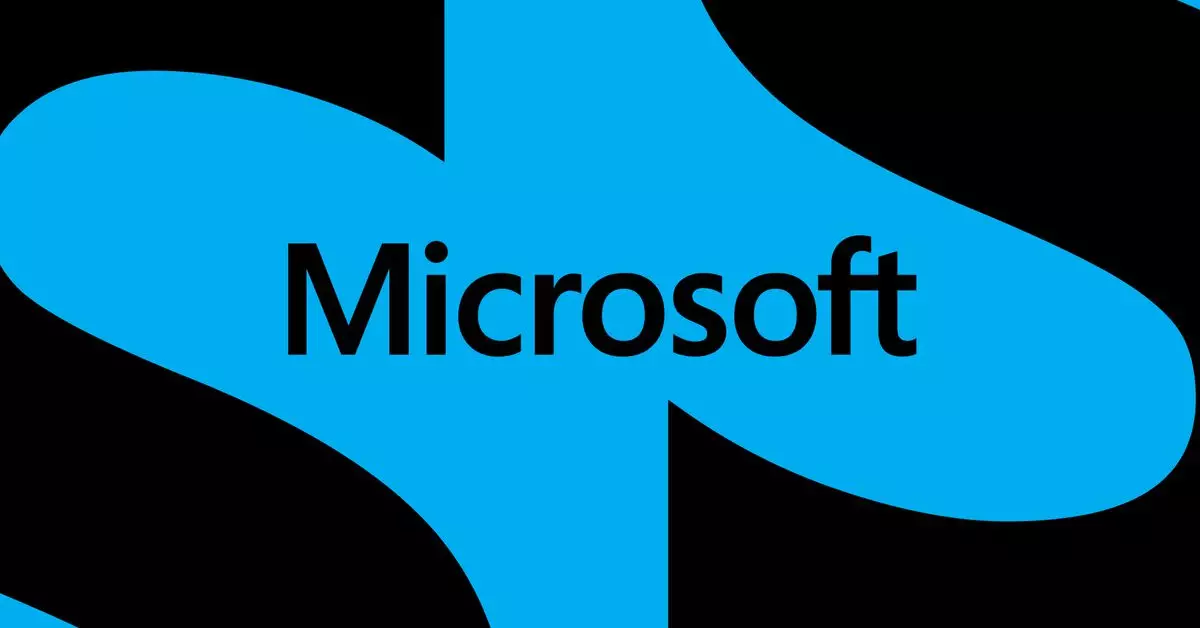The ongoing legal battle between The New York Times, OpenAI, and Microsoft has brought to light the complex intersection between technology, copyright law, and artificial intelligence. Microsoft’s defense, citing historical technological innovations like the VCR and personal computers, aims to highlight the legality of OpenAI’s large language models (LLMs) despite concerns about potential copyright abuse.
The New York Times has accused Microsoft of copying its stories and using the data to imitate its journalistic style through OpenAI’s GPT model. The Times’ lead counsel, Ian Crosby, argues that Microsoft’s comparison of LLMs to the VCR is flawed, as VCR makers did not engage in massive copyright infringement to build their products. The key contention lies in Microsoft’s alleged knowledge of and inducement of copyright infringement by users utilizing OpenAI’s technology.
Microsoft’s defense challenges The Times’ claims on multiple fronts. Firstly, it disputes the allegation of deliberate removal of copyright management information from training data under the Digital Millennium Copyright Act (DMCA). Citing past generative AI lawsuits, Microsoft aims to establish a precedent where similar claims were dismissed, thereby questioning the validity of The Time’s argument regarding copyright infringement.
The Impact on AI Industry
The outcome of this lawsuit could potentially redefine how generative AI technology is regulated and developed in the future. With the rapid advancement of AI models like LLMs, the legal precedents set in this case could have far-reaching implications for the industry as a whole. As the boundaries between intellectual property rights and technological innovation continue to blur, the verdict in this case will shape the future trajectory of generative AI.
The legal dispute between The New York Times, OpenAI, and Microsoft underscores the complexities of navigating copyright law in the era of cutting-edge AI technologies. The arguments presented by both parties reflect the broader challenges faced by the legal system in adapting to the rapid pace of technological advancement. As the case unfolds, the implications for the AI industry and intellectual property rights will be closely watched by stakeholders across various sectors.


Leave a Reply